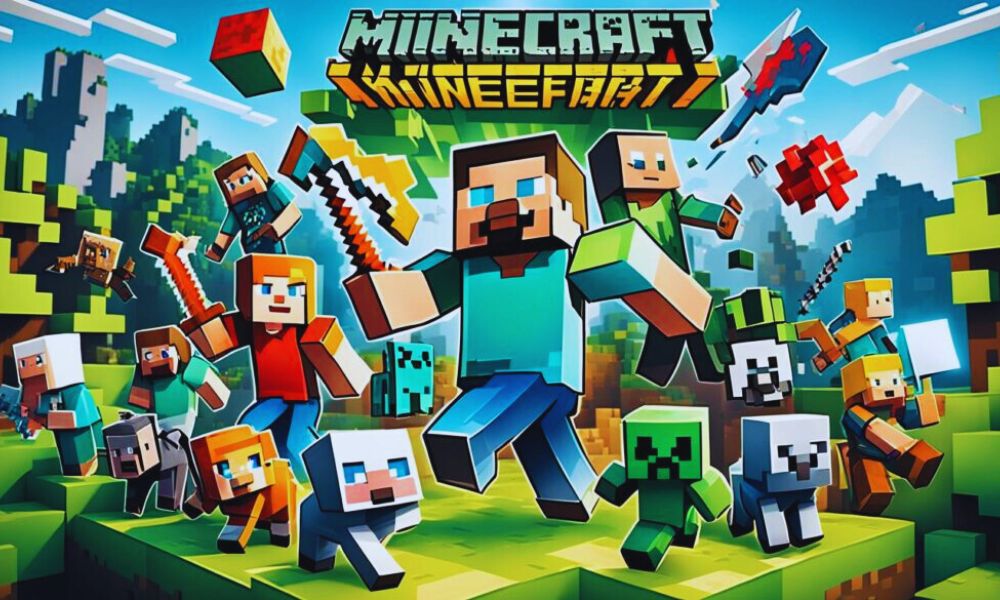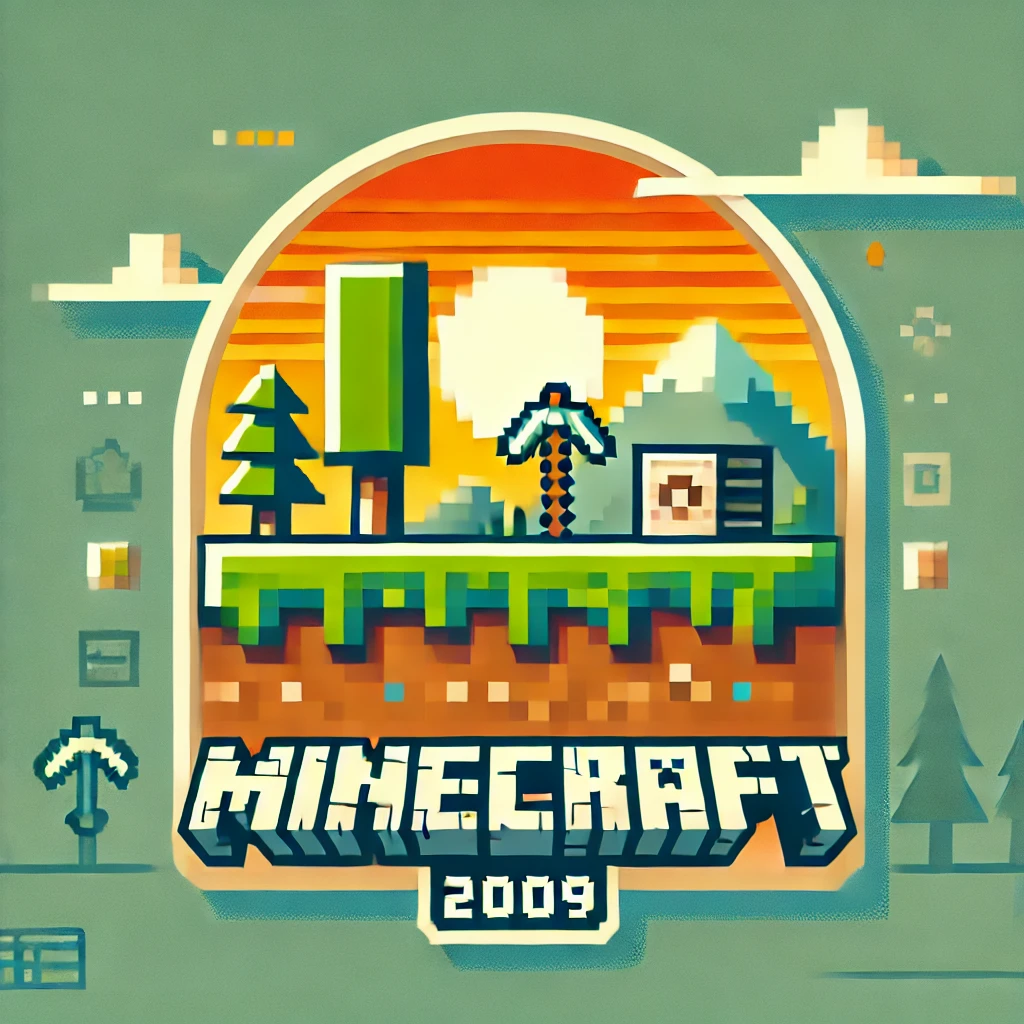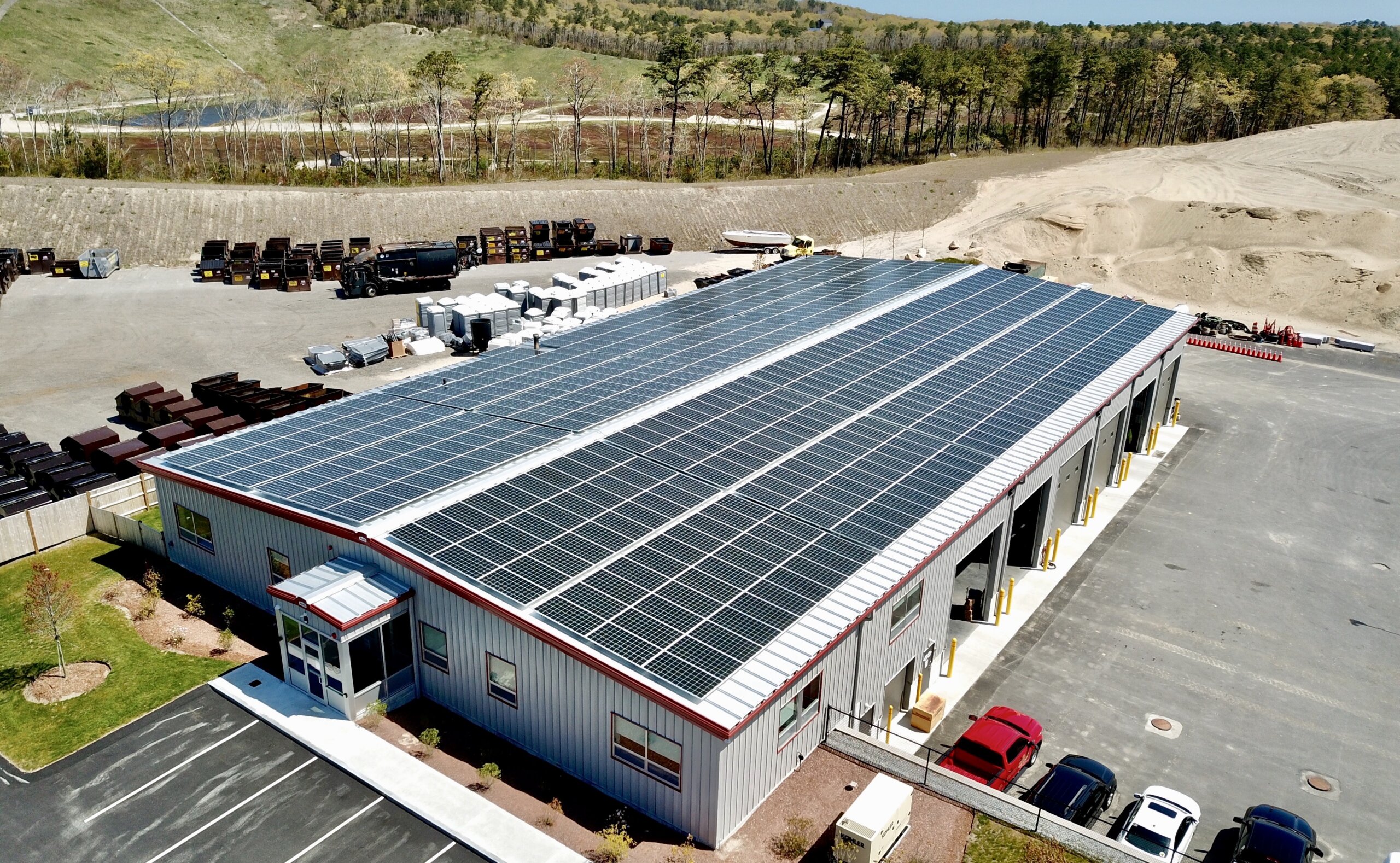Since its release in 2009, Minecraft has not only become a best-selling video game but has also become a cultural icon in its own right. At its core, Minecraft is celebrated for its simple, block-based visuals that promote creativity, exploration, and a nostalgic feel. One of the key aspects of the game’s appeal is its distinctive visual identity, shaped by its game icons and banners. The dirt-and-grass block, as well as the banners that represent various updates, have created an instantly recognizable and nostalgic branding.
This article dives into the origins and evolution of Minecraft (2009) game icons banners, highlighting their significance in shaping the game’s legacy and visual identity.
The Beginnings of Minecraft’s Iconic Visual Style
When Minecraft first launched in 2009, its graphics took a distinctly retro, pixelated approach, quite different from the high-resolution visuals many games pursued at the time. This minimalist, pixelated style became a defining feature that not only set Minecraft apart but also paid homage to classic video games. Developer Markus Persson, also known as Notch, made the deliberate choice to keep the graphics simple, partially due to resource limitations and partially to encourage players to focus on gameplay and imagination rather than visuals.
At the heart of Minecraft’s visual identity is the block-based design, where everything from trees to mountains is composed of cubes. This design choice naturally influenced the development of the game’s icons and banners. By focusing on the “building blocks” of the world, Minecraft (2009) Game Icons Banners offered players a chance to unleash their creativity in a game that felt simultaneously nostalgic and innovative.
The Iconic Dirt and Grass Block: Minecraft’s First Game Icon
The original game icon for Minecraft is among the most recognizable symbols in gaming. This icon, commonly known as the “dirt-and-grass block,” is a pixelated cube with a layer of green grass on top and brown dirt beneath. Simple yet meaningful, this block became the foundation of the Minecraft universe, symbolizing the endless potential of the sandbox gameplay that defines the game.
Choosing the dirt and grass block as the game’s icon was a powerful design choice. Instead of highlighting characters or environments, as many games do, Minecraft focused on its building elements. This icon reflects the heart of Minecraft—a world where players can explore, build, and survive using a limited number of basic resources. With time, the dirt-and-grass block icon became synonymous with Minecraft, providing a sense of familiarity and continuity for players across updates and platform expansions.

Evolution of Game Icons Across Platforms
As Minecraft expanded to various platforms, the game’s iconic dirt-and-grass block was adapted to suit different formats while maintaining the core look. When the game moved to mobile devices in 2011 and later to consoles like Xbox 360 and PlayStation 3, Mojang made small adjustments to the icon’s color, resolution, and shading to meet each platform’s design standards.
On the Xbox, for example, the grass-and-dirt block icon was given a slightly brighter color palette and crisper resolution to match the Xbox interface. On mobile platforms, the icon was simplified further, designed to be immediately recognizable even at smaller sizes. Despite these changes, the block retained its distinct identity, ensuring that Minecraft’s brand was instantly recognizable, regardless of the platform.
The icon’s consistency across platforms is a testament to the power of Minecraft’s visual identity. Unlike other games that modify their branding based on audience preferences, Minecraft’s game icon remained remarkably faithful to its roots, offering a familiar image that appeals to both new and returning players.
The Purpose of Banners in Minecraft’s Branding
In addition to its iconic game icon, Minecraft has employed banners as part of its visual identity, using them to announce major updates, events, and new features. The original banners were simple, often showcasing pixelated images of landscapes, blocky terrain, and the Minecraft logo. Early on, these banners communicated the game’s central theme: an open world waiting to be explored and shaped by players’ creativity.
The visual style of these banners has evolved in step with the game itself. As new biomes, features, and characters were added, Mojang updated the banners to reflect the expanding world of Minecraft. From depicting iconic mobs like Creepers and skeletons to highlighting new biomes such as deserts and jungles, these banners not only promoted Minecraft’s updates but also invited players to discover new possibilities within the game.
For long-time fans, each new banner feels like a collectible piece of art, marking milestones in the game’s evolution. Today, these banners serve as a kind of visual archive, preserving the history of Minecraft’s growth and the additions that have kept the game fresh and engaging for over a decade.
Special Event Banners: Celebrating the Community
Beyond update announcements, Minecraft’s banners are central to celebrating the player community. One of the most notable examples is Minecon, Minecraft’s official fan convention. For each event, Mojang designs a unique banner that reflects the theme of the year’s convention, often featuring iconic elements from the game, such as mobs, tools, and landscape elements.
These Minecon banners have become collectibles within the community, both as digital mementos for attendees and as special in-game items that players can acquire. For example, those who attended Minecon in 2015 received an exclusive Enderman-themed banner. This connection between Minecraft’s visual branding and its community events fosters a sense of belonging among fans, bringing players together to celebrate their shared love for the game.
Additionally, Mojang has also released banners for special updates, such as the Nether Update and the Caves & Cliffs Update. These banners don’t just showcase new features; they build excitement and anticipation within the community. The banners often display new biomes, creatures, and gameplay mechanics, providing fans with a preview of what’s coming. In doing so, Mojang has used banners as a storytelling tool, offering players a glimpse into new chapters of the Minecraft adventure.
Community-Inspired Banners and Collaborative Art
Over the years, Mojang has made Minecraft’s visual branding a collaborative process, often involving the community in banner and icon creation. Mojang frequently shares fan-made artwork on its social media channels and even incorporates player feedback into the game’s visual style. This approach shows Mojang’s commitment to building a game that resonates with its players and reflects their creativity.
One prominent example of this collaboration was the introduction of the “Banner” item within the game itself. This in-game item allowed players to create custom banners using various patterns and colors, which they could display in their builds. The in-game banner item has become a favorite feature among players, who use it to personalize their worlds and express themselves creatively.
Community-driven creativity has also influenced official banners, especially around events like the Halloween updates or April Fools’ events. Mojang has incorporated player suggestions and memes into its banners, creating designs that speak directly to the player community. This collaboration between Mojang and its players has strengthened the Minecraft brand, making players feel like they are a part of the game’s development journey.
The Impact of Minecraft’s Visual Identity on Gaming Culture
Minecraft’s unique visual style, particularly its game icons and banners, has had a lasting impact on gaming culture. The pixelated, block-based aesthetic has inspired countless other games, such as Terraria and Stardew Valley, that embrace retro-style graphics. Minecraft has shown that simplicity in design can foster player creativity and immersion, often even more effectively than high-definition graphics.
The game’s visual identity has also permeated popular culture, with the dirt-and-grass block becoming a symbol that transcends the gaming world. This block has appeared on merchandise, in educational materials, and even in museums as part of exhibits about gaming history. As Minecraft continues to expand its world and attract new players, its game icons and banners will likely remain cultural symbols of creativity, imagination, and community-driven exploration.
Why Minecraft’s Visuals Continue to Resonate
The enduring popularity of Minecraft (2009) game icons banners speaks to the timelessness of its design. These visuals are not just marketing tools; they are representations of Minecraft’s core values. They remind players of the game’s roots and offer a sense of continuity, even as Minecraft evolves and introduces new content.
The consistency of the dirt-and-grass block icon provides a comforting familiarity, welcoming players back to a game that remains true to its original vision. Meanwhile, banners celebrating updates, events, and community achievements serve as markers of Minecraft’s growth and evolution. This balance between tradition and innovation is a major reason why Minecraft has remained one of the most beloved games in history.
Conclusion
Minecraft (2009) game icons banners are more than just images—they are symbols of a global phenomenon that has inspired players for over a decade. From the iconic dirt-and-grass block to the themed banners for updates and events, these visuals capture the spirit of Minecraft: creativity, exploration, and community.
As Minecraft continues to develop and grow, its iconic visuals serve as a bridge between its original players and new generations. Whether you’re crafting your first shelter or exploring the latest biome, the classic game icons and banners remain a reminder of Minecraft’s enduring magic and the limitless possibilities of its world. These visuals are likely to remain timeless, just as Minecraft itself has become a timeless part of gaming culture.


